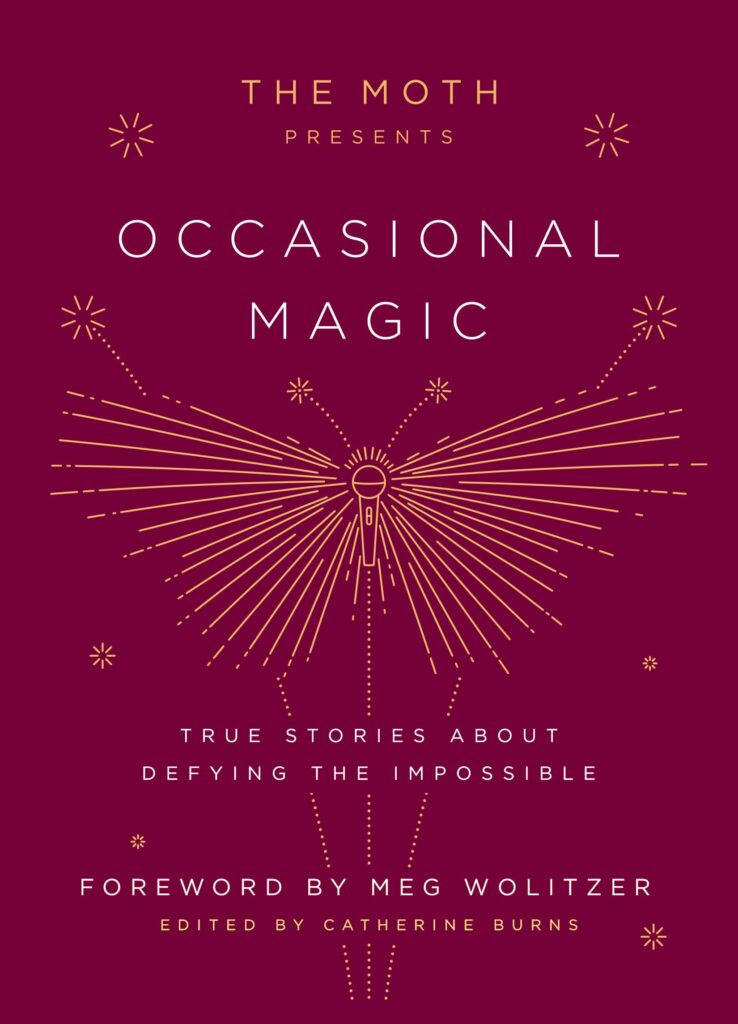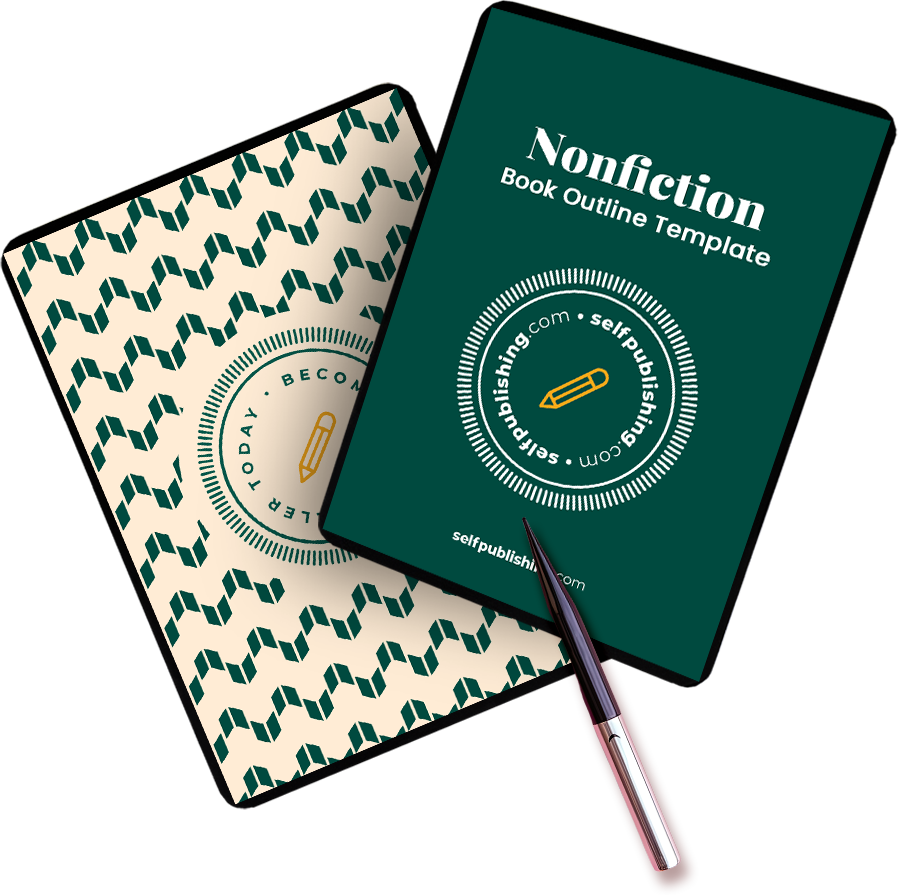What is an anthology? It’s one of those literary terms that sounds sophisticated, but its definition is simple. An anthology is a collection of written works gathered into a single publication.
It comes from the Greek words for “a collection of flowers”— how lovely is that? — because that’s how the Greeks envisioned a compilation of poems.
These days, an anthology can be more than solely a way to publish poetry, (although that’s a great use for it). It can also include other types of writing, like essays, transcripts, short stories, and more! We’ll talk about how to define an anthology, what typically goes in one, and everything else you need to know in this article. Let’s jump right in.
Anthology definition
One of the cool things about an anthology is that it can be so diverse. There’s no real common writing style across these books. It might consist of essays, poems, or short stories, for example. Or it can feature a big mix of everything.
It might include work from just one author or multiple authors. Often, it’s a collage of voices and ideas.
That said, anthologies typically have some unifying element. It could be a certain theme, genre, cultural identity, era, or nearly anything else you can think of.
Because theme is a common throughline in anthologies, let’s explore that a little more.
Why do we have anthologies?
Anthologies offer readers a fresh and engaging experience by presenting a variety of stories that revolve around a common subject, topic, or theme. When an anthology features works from different authors, the editor skillfully connects them to ensure a seamless flow, avoiding any jarring contrasts.
These collections are particularly appealing to readers who may lose interest quickly, as they provide the opportunity to explore multiple themes within a single volume. Anthologies are also valuable for academic purposes, making them an excellent choice for students.
Anthologies compile essays, reviews, and other materials in one place, simplifying the revision process and essay writing by eliminating the need to search multiple sources. Additionally, anthologies allow readers to delve into their interests while discovering new authors they might not have encountered otherwise.
Common themes in anthologies
A theme, or a central idea that unifies a piece of literature, is an excellent, intuitive way to organize anthologies.
If you’d like to find anthologies you’re interested in (or compile one of your own), here are a few literary themes you may consider:
- The human experience. Here’s one we can all relate to. There’s a bounty of work reflecting on what it means to be mortal and the obstacles we endure.
- Nature. In our age of technology, we’re more disconnected from nature than ever. Nature anthologies can help us reconnect to our surroundings.
- Travel, adventure, and exploration. None of us will manage to see the entire world in our lifetimes, but we can read and write about it.
- Coming of age. Adolescence is an engaging, layered topic whether you’re in the midst of it or emerged from it long ago. It can be surprisingly moving to read diverse voices on growing up, regardless of your age.
- Loss and grief. Much as we’d like to avoid it, none of us is exempt from anguish. Thankfully, mourning is made more bearable in the community, and reading from authors who have faced sorrow can be an excellent way to feel communion.
How long is a typical anthology?
There is no required length for an anthology. It can be brief or hundreds of pages long. It all depends, of course, on the number of works it contains and how long those works are.
There isn’t a set number of pieces required for anthologies, either. The choice of how many to include will largely depend on the theme or focus of the anthologies, the length of the pieces, the editor’s vision for the collection, and perhaps the publisher’s preferences.
To get an idea of the variation in anthology lengths, compare Micro Fiction: An Anthology of Fifty Really Short Stories, which is less than 150 pages, to The Oxford Anthology of English Literature: Romantic Poetry and Prose, which is nearly 900 pages!
Can an anthology have multiple authors?
Yes! In fact, it’s common for anthologies to have pieces from different writers. Often its goal is to compile diverse work serving a common theme or purpose. By featuring writers with unique voices and writing styles, the editor adds dimension to a topic.
That said, you’ll also find anthologies featuring writing from just one author—typically one who has a vast body of work like Lydia Davis or Edgar Allen Poe.
Examples of anthologies
Whether you need inspiration for your own anthologies or you simply want to read some, these are a few of the best:
The Best American Essays Series

The Best American Essays Series compiles—you guessed it—the best essays written by Americans each year, according to the editor selected to compile them. 2023’s Edition is led by feminist writer and critic, Vivian Gornick.
The Seashell Anthology of Great Poetry

The Seashell Anthology of Great Poetry, edited by Christopher Burns, is a collection of beloved poetry classics that you’ll return to throughout the years.
The Beatles Anthology

The Beatles Anthology by The Beatles is not only a treat for fans but an example of how an anthology can include different works like stories, transcripts, and photographs.
Never Whistle at Night

Never Whistle at Night: An Indigenous Dark Fiction Anthology, edited by Shane Hawk and Theodore C. Van Alst Jr is a new and highly-rated fiction anthology that will keep you on the edge of your seat. If you’re interested in authors who write short stories, this one’s for you.
The Moth Presents Series

The Moth Presents Series is a collection of anthologies presented by beloved podcast, The Moth. Each book, like Occasional Magic and All These Wonders, is an engrossing collection of essays, short stories, and more from familiar and brand-new voices.
There’s a nearly endless list of anthology genres, so if none of these appeal to you, we encourage you to do some research! We promise you’ll find one you love.
Want to publish your own anthology? What to know
Wondering where to publish poetry, essays, or short stories? An anthology is a great option—especially for any short-form writing. Here are a few things to bear in mind as you compile your work:
- Choose pieces that have a common theme, focus, or purpose so your anthology has a cohesive feel.
- Make sure to select only your best works for the anthology. Quality over quantity is the rule of the day! Have someone else objectively read your pieces to help you determine which ones shine.
- Consider working with a professional editor and/or proofreader to polish your work.
- Use book writing software to make the process easier.
Ready to write a book, anthology, or otherwise? At selfpublishing.com, we can help you through the process of writing and publishing your own volume from start to finish. Book a free call to get started, or claim your free book outline template below.

